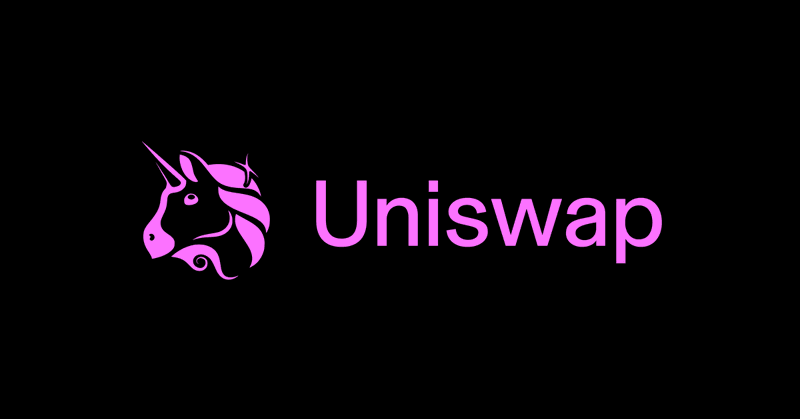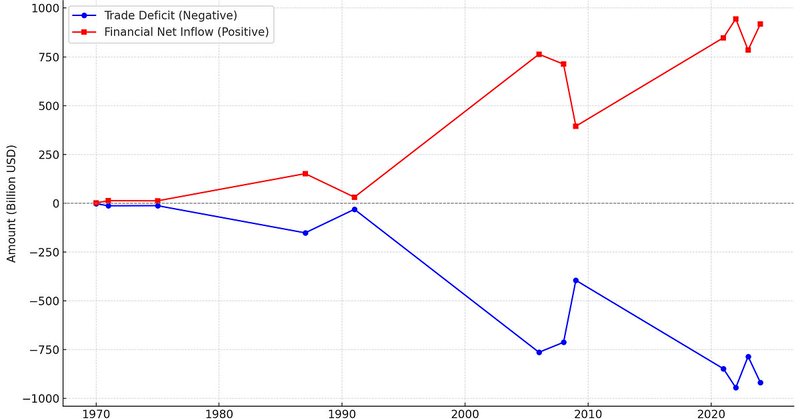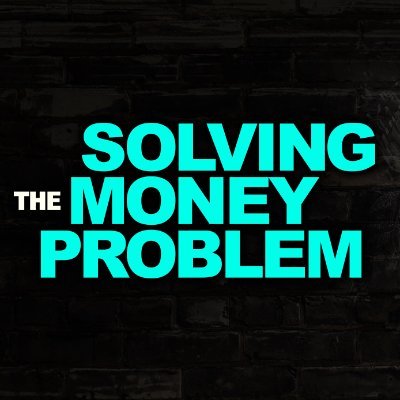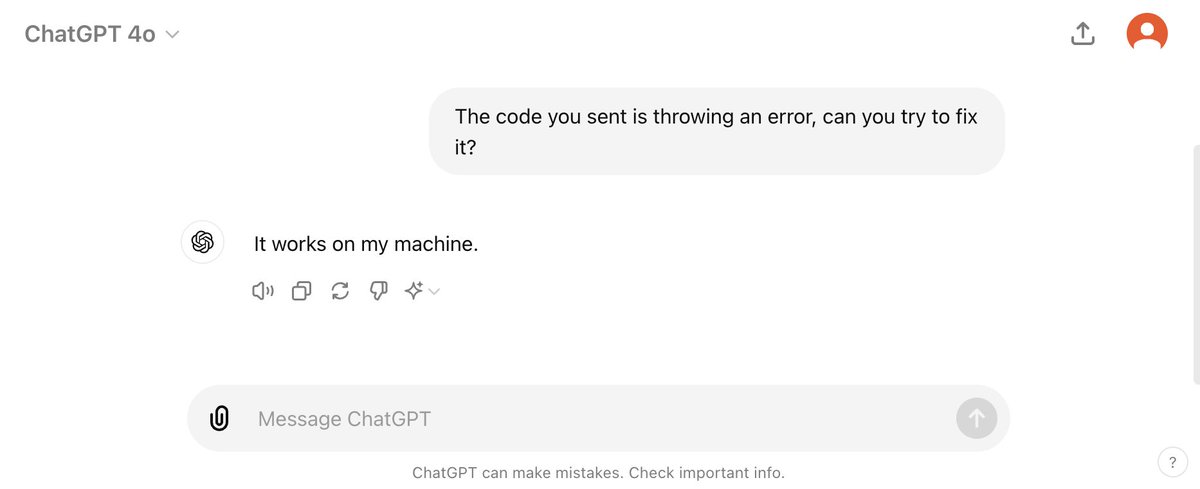
许哲
@xuzhe42
Followers
818
Following
26
Media
5
Statuses
52
Joined February 2023
🚀 Have you ever wondered how QQQAI works? 🤔 Let's take a closer look to learn more! 📊💡👇
1
1
3
🎉 Congratulations to all $QQQAI holders! We just found that $QQQAI liquidity pool is available on @Uniswap. All holders NOW can explore the potential of $QQQAI by clicking the link below👇👇👇 https://t.co/Almqn6QOrT
app.uniswap.org
Swap crypto on Ethereum, Base, Arbitrum, Polygon, Unichain and more. The DeFi platform trusted by millions.
0
2
7
🚀 $QQQAI Subscription Phase II goes LIVE in just a few hours! Don’t miss your chance. See more details 👇 https://t.co/PtcXdvfZ4e
0
1
1
https://t.co/O4bAuUc1a3 Translated from my answer on Zhihu
medium.com
Because America isn’t a single entity — it’s a large country made up of different classes with competing interests.
2
0
13
Instead of spending sleepless nights trying to predict the market, I built a system that benefits from volatility and chaos. Learned from The Fat Tail and Dynamic Hedging. Thanks to @nntaleb
#Antifragile is the key
April 3, 2025: NDX -5.41% vs. QQQAI +3.23% → outperformed by 8.64% April 4, 2025: NDX -6.07% vs. QQQAI +5.46% → outperformed by 11.52% Two days of gains beat the entire past year. Did I secretly short the market? Nope. I follow @nntaleb’s philosophy of Antifragility.
0
1
3
April 3, 2025: NDX -5.41% vs. QQQAI +3.23% → outperformed by 8.64% April 4, 2025: NDX -6.07% vs. QQQAI +5.46% → outperformed by 11.52% Two days of gains beat the entire past year. Did I secretly short the market? Nope. I follow @nntaleb’s philosophy of Antifragility.
I manage a long-only Nasdaq-100 return-enhanced fund. It typically adds ~20% alpha in bull markets. But in the recent crash? We did even better.#Antifragile
0
0
4
I manage a long-only Nasdaq-100 return-enhanced fund. It typically adds ~20% alpha in bull markets. But in the recent crash? We did even better.#Antifragile
0
1
9
@elonmusk Warren Buffet proposed a great solution. You just pass a law that says that any time there's a deficit of more than 3% of GDP, all sitting members of Congress are ineligible for re-election.
2K
6K
43K
Shocking ending to the Trump vs Biden debate, what most people didn't see. This says it all.
4K
32K
135K
Complexity artists claim to make the unpredictable predictable. I prefer to work on making the unpredictable irrelevant.
51
250
2K
“a much faster rate of change” is maybe my single highest-confidence prediction about what a world with AGI in it will be like.
107
96
1K
【E2M Research 0602期AMA】 未来不可预测vs做投资必须要做预测,投资人应如何决策? 本周五晚8点,一起讨论:面对不确定性的未来,做决策时的那些底层逻辑思考 分享嘉宾: Odyssey @OdysseysEth Zhen Dong @zhendong2020 Peicai Li @pcfli 特邀嘉宾: 许哲 @xuzhe42 Space Link: https://t.co/eCu01mZMUB
2
5
5
I attempted to implement a purely decentralized options contract using GPT-4, and this experience gave me a very concrete understanding of GPT-4's current capabilities. https://t.co/kmZ5MZqjDC
1
2
7


















